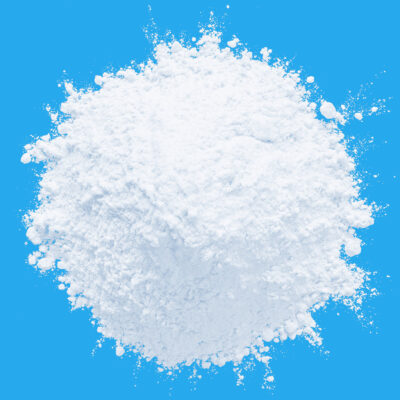Copper pyrithione is a powerful booster biocide used as a marine antifouling agent. It is used in anti-fouling marine paint when a more gelling resistant antifoulant is required. In the paint and coating industry, protecting metal surfaces from rust is essential, but it’s also important to prevent the growth of harmful organisms like algae, fungi, and bacteria, which can weaken the protective coating and lead to faster deterioration of the metal underneath. Copper pyrithione helps with both of these issues, making it a valuable additive in many industrial and marine paints.
One of the main reasons Copper pyrithione is used in paints is its broad-spectrum biocidal properties. This means it is effective against a wide range of microorganisms, including fungi, algae, and bacteria. These organisms can grow on painted surfaces, especially in humid or damp environments, and cause damage to the paint layer. Over time, this can weaken the coating, leading to cracks and holes that expose the metal to moisture and air, which causes corrosion. By adding copper pyrithione to the paint, the growth of these microorganisms is greatly reduced, helping the paint layer stay intact and continue protecting the metal surface.
Copper pyrithione is especially useful in marine paints and coatings for boats, ships, and underwater structures like oil rigs. In these environments, surfaces are constantly exposed to water, making them highly susceptible to both microbial growth and corrosion. The presence of copper pyrithione in marine paints helps prevent the growth of algae and barnacles, which can attach to the hulls of ships and slow them down, leading to increased fuel consumption. In addition, it protects the metal from rusting, ensuring the structures remain strong and durable even in harsh saltwater environments.
One of the unique properties of copper pyrithione is that it is a slow-release biocide. This means that, when incorporated into paint, it gradually releases the active biocidal agents over time. This slow release ensures long-term protection, as it continually prevents the growth of microorganisms throughout the lifespan of the paint. This is particularly beneficial for coatings used in environments where long-lasting protection is needed, such as industrial plants, marine vessels, and offshore platforms.
In anti-fouling marine paint, copper pyrithione also plays a booster role. While the primary purpose of these paints is to prevent corrosion by forming a barrier between the metal and the environment, the addition of copper pyrithione boosts the overall effectiveness of the paint. The biocidal properties of copper pyrithione ensure that the paint coating remains free of microbial damage, which could otherwise compromise the paint’s ability to protect against rust.
Another advantage of using copper pyrithione in anti-fouling marine paint is that it is environmentally friendly compared to some older biocides that were toxic and harmful to the environment. Many traditional biocides have been phased out due to their negative impact on marine life and ecosystems. Copper pyrithione, on the other hand, is less toxic and breaks down more easily, making it a safer choice for use in paints, especially those used in sensitive environments like oceans, lakes, and rivers.
In summary, copper pyrithione is an important additive in anti-fouling marine paint because it prevents the growth of microorganisms and helps maintain the integrity of the paint layer, providing long-term protection against rust and corrosion. Its slow-release biocidal properties make it especially useful in environments that are prone to microbial growth, such as marine and industrial settings. By incorporating copper pyrithione into paint formulations, manufacturers can produce coatings that are not only effective at preventing corrosion but also environmentally safer and longer-lasting.






Leave a Reply